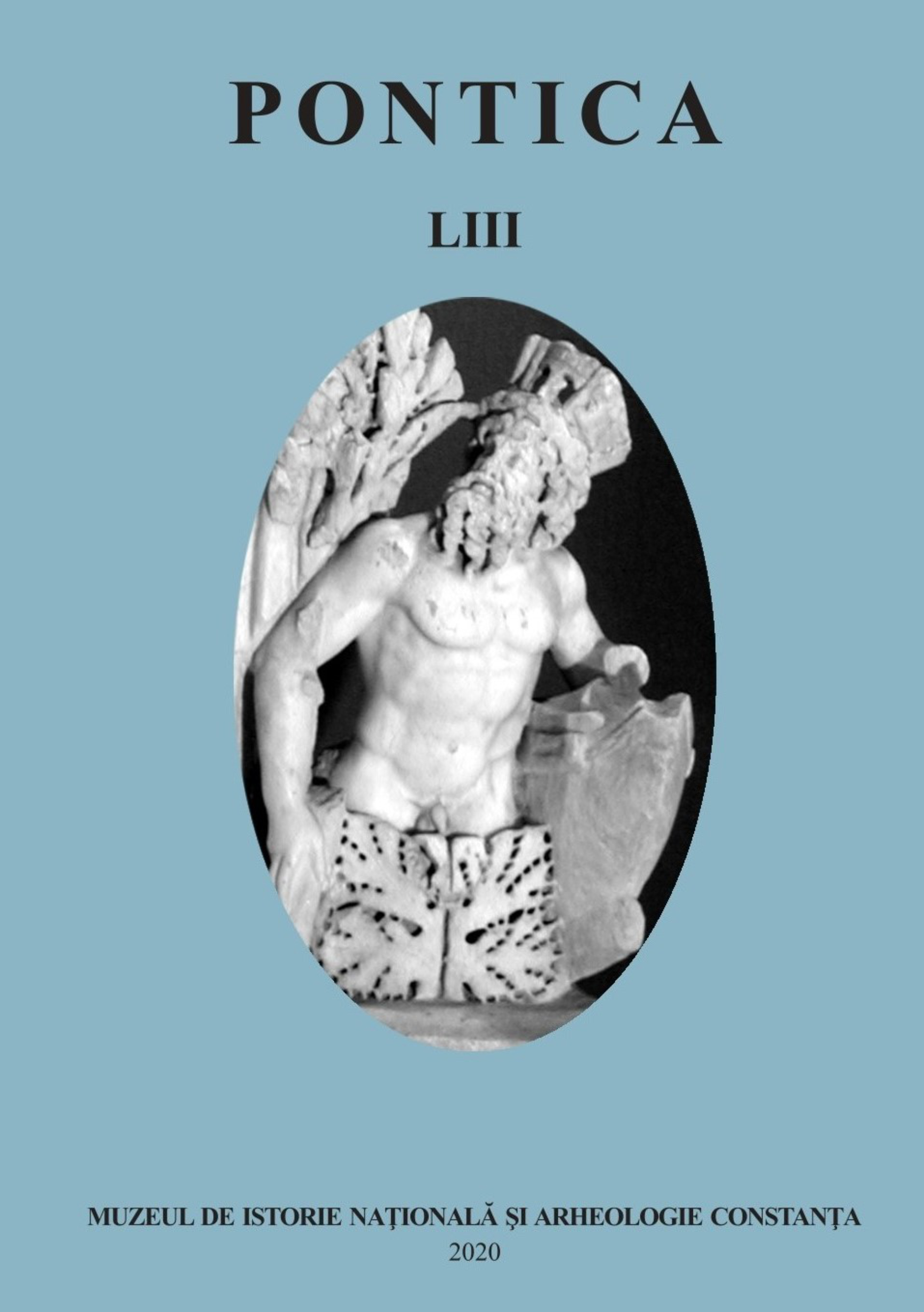Similar Traits and Influences in the Production of Belt Sets in Bulgaria and Romania in the 10th Century AD
Similar Traits and Influences in the Production of Belt Sets in Bulgaria and Romania in the 10th Century AD
Author(s): Stella DonchevaSubject(s): History, Anthropology, Social Sciences, Archaeology, Ancient World, Middle Ages, 6th to 12th Centuries
Published by: Muzeul de Istorie Națională și Arheologie Constanța
Keywords: metal art centres; 10th century; production of belt sets; metalworking;
Summary/Abstract: The discovery of 10th century metal art centres in the vicinity of the capital of Preslav, i.e. near the villages of Novosel, municipality of Shumen and Zlatar, municipality of Preslav, opened a new trend in the medieval Bulgarian archaeology. The production center at Novosel is spread over an area of 170 acres and has been operating with great intensity in the first half of 10th century. At the same time, Zlatar center was smaller in size and occupied an area of 40 acres. Both centers are designed and specialized in casting non-ferrous metals and manufacturing fine metalwork. The main activity of the centers around Preslav is metalworking. There is no melted ore here, so there are no remains of melting furnaces, from the ore itself and the accompanying similar metallurgical activity waste production. A third center of metal art in the vicinity of Nadarevo, municipality of Targovishte, is not yet systematically studied. The investigations made on Novosel and Zlatar sites helped clarifying some controversial issues connected with the place and role of a large number of metal items found by archaeologists or donated to museums in the past two decades.
Journal: Pontica
- Issue Year: 2020
- Issue No: 53
- Page Range: 343-369
- Page Count: 27
- Language: English

